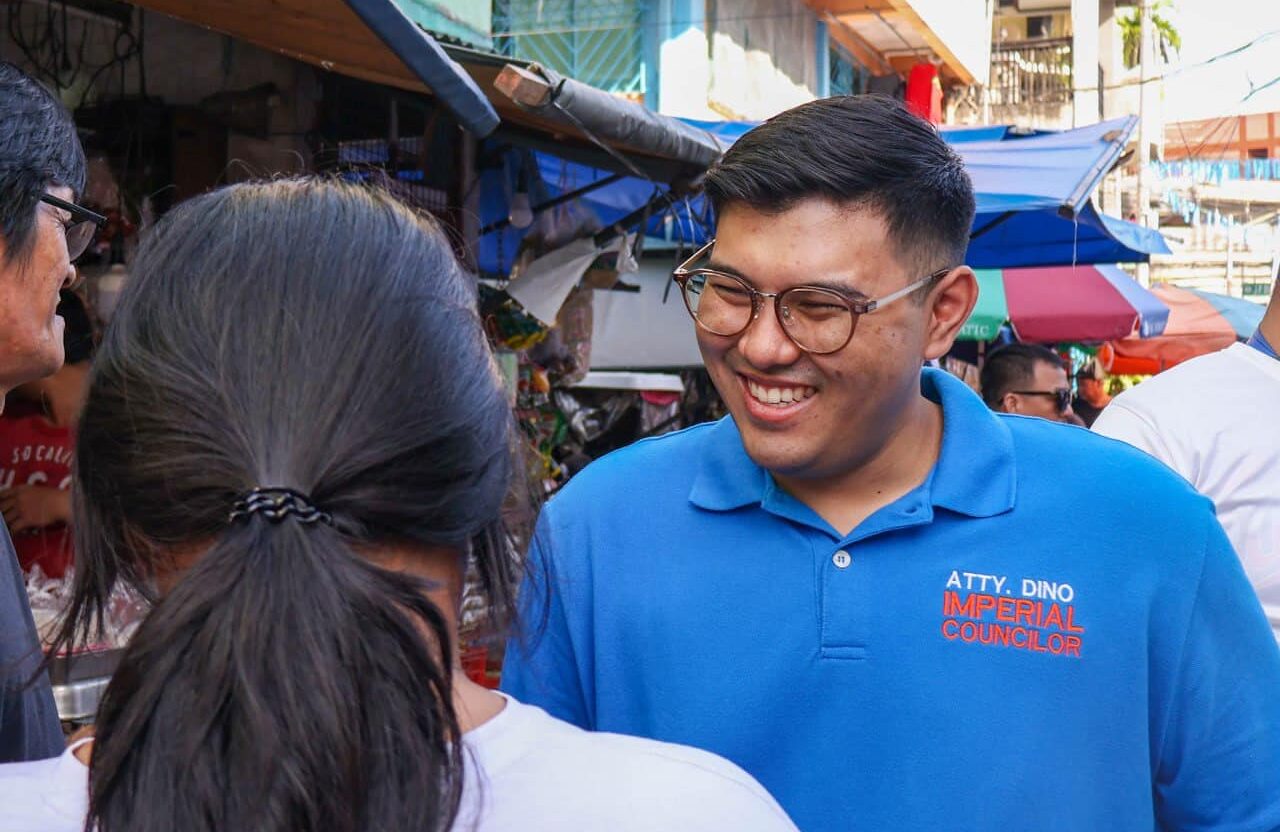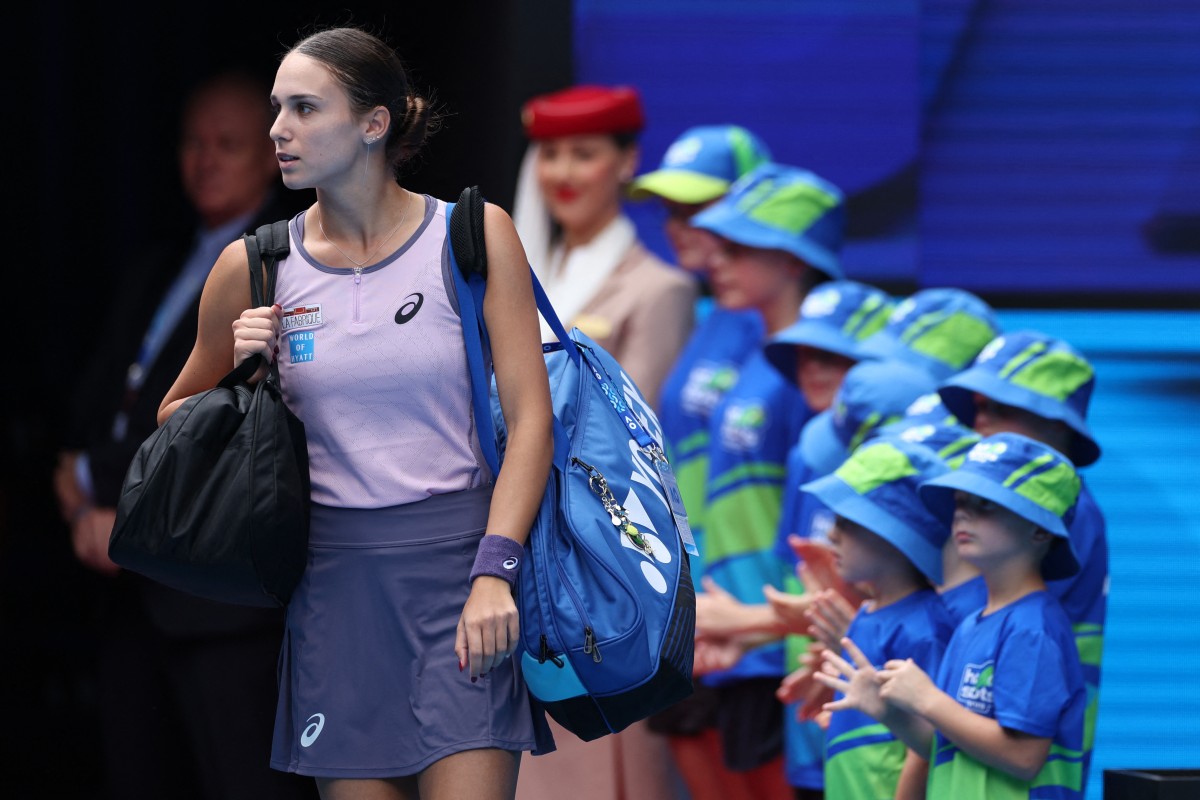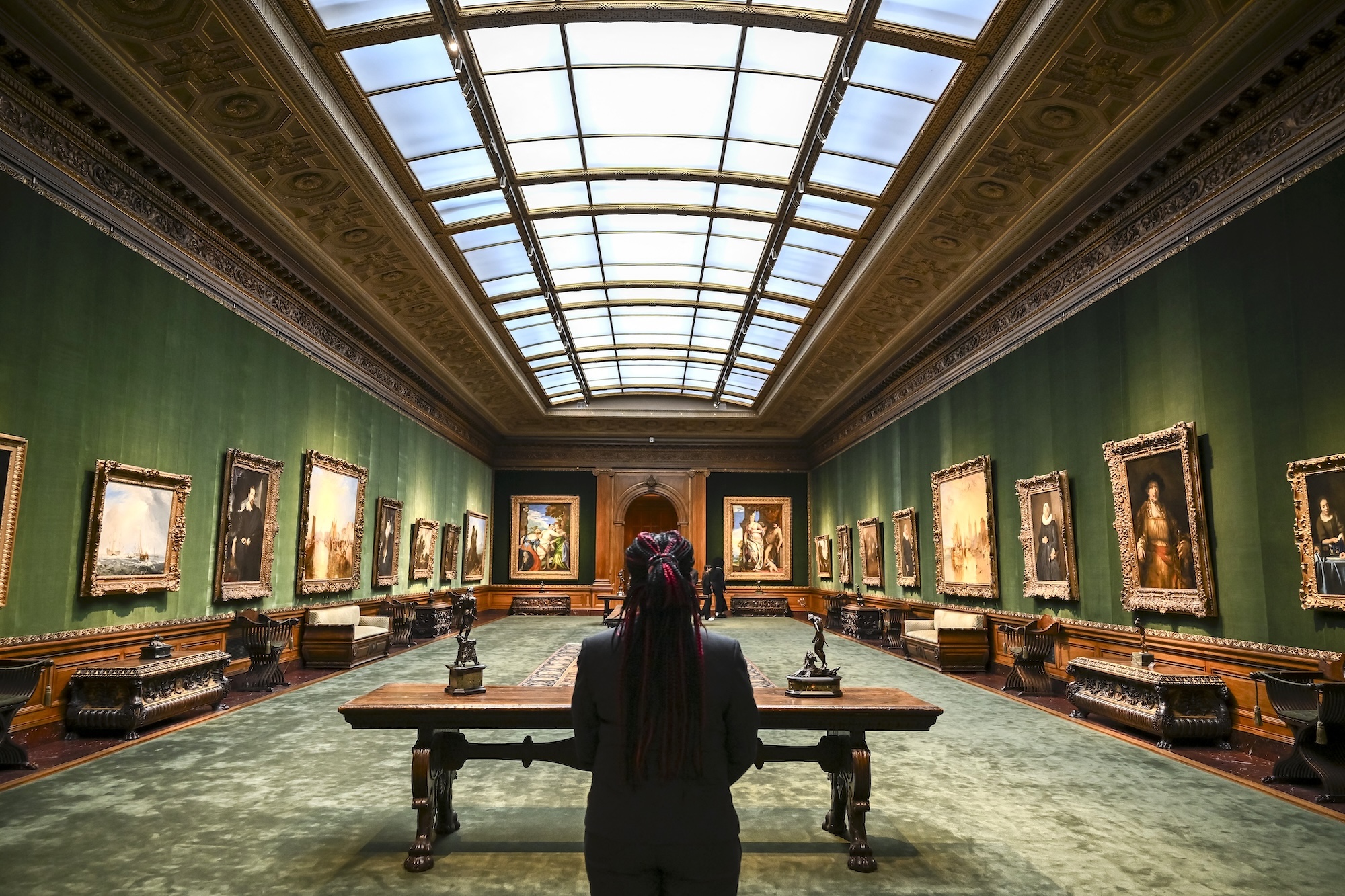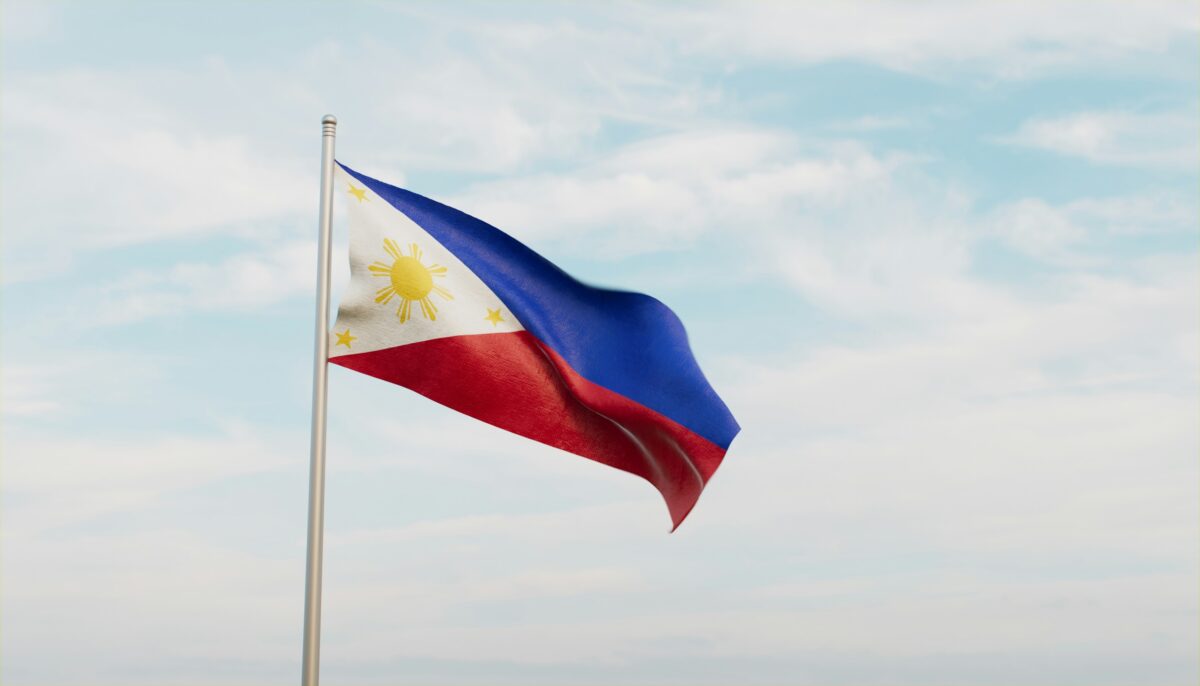
MANILA, Philippines—Some call it street art, others graffiti.
Either way, bystanders and motorists cannot help but do a double take when they walk or drive past Camp Aguinaldo, the general headquarters of the Armed Forces of the Philippines, on Epifanio de los Santos Avenue (Edsa).
Amid the traffic snarl and smoke, vibrant hues are now painted on the white walls of a military camp.
At one end of its perimeter wall, a nun, a member of the indigenous community, a priest and a Muslim imam link arms.
A couple of meters away, silhouettes of images from the Edsa People Power Revolution—that of soldiers and civilians flashing the “Laban” sign—contrast with the setting of the sun.
“It is easier to illustrate peace as a way of life with images like these, to paint our own stories and messages for others to understand and share,” said Bai Rohaniza
Sumndad-Usman, country director of the Asia America Initiative (AAI), a nongovernment organization.
The AAI is one of many groups behind the bid to paint the walls of Camp Aguinaldo with the longest peace mural ever at 3,770 meters.
Called “Lakbay para sa Kapayapaan sa Edsa (Journey to Peace on Edsa),” the project launched on May 26 has transformed part of the formerly white walls into peace-themed street murals.
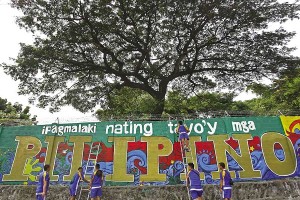
For lead artist AG Saño, the murals illustrate that peace is neither grand nor abstract but as plain and simple as doing small but good deeds every day.
“For example, we have a painting of a driver letting pedestrians cross the road first. We also depicted bayanihan images of people coming together for rescue and relief efforts, for caring for the environment,” Saño told the Inquirer.
He said that with the images, they hope to inspire ordinary people to do good deeds.
“You don’t have to wait for conflict to happen or worsen. Peace is not just about the absence of war. We have a lot of positive Filipino values which contribute to peace,” Sano said.
The project is a joint effort of the AFP, the Office of the Presidential Adviser on the Peace Process, the Dolphins Love Freedom Movement and the Metropolitan Manila Development Authority.
Armed with paintbrushes
A handful of AFP personnel in athletic gear were seen armed not with guns but with paintbrushes during one of the painting sessions.
“The AFP has been planning to do a project like this and it was by a stroke of luck that AAI wanted to do a peace mural,” said Capt. Genesis Gabrido, who shed his uniform for a brown shirt and shorts that were later flecked with paint.
All the walls of Camp Aguinaldo will be adorned with peace-themed images—the 1.7 kilometer stretch along Boni Serrano Avenue, the 1.3 km stretch along Edsa and the 1 km on White Plains.
On the group’s Facebook account, called Project Edsa, the organizers asked netizens the name they preferred for the peace mural.
Most of the volunteers heeded the call for painters also through appeals made on social media, with AFP personnel comprising a third of the participants.
Lead artists would guide volunteers in using the right colors and strokes in each section of the mural to make sure even unexperienced hands could get the hues right.
“It’s amazing how many different people can come together for this effort—a peace mural,” said Gabrido, a soldier who joined the painting sessions. “Imagine how we can do a collaborative effort like this for other endeavors if we put our minds to it.”
The images, Sumndad-Usman said, were the product of an art workshop.
One part of the Edsa wall depicted women weaving different colored threads into one cloth.
In another other section, a blackboard bore the words, “Peace is a way of life,” side by side with Efren Peñaflorida’s “Kariton Klasrum.”
Depicting culture
To illustrate bayanihan, men and women were painted rowing a sarimanok (legendary bird)-themed longboat—together and in unison.
On Boni Serrano Avenue, the walls were adorned with images of popular tourist spots, like the Chocolate Hills in Bohol and the Mayon Volcano in Albay.
The same wall also features depictions of periods in Philippine history, such as the Spanish colonial period and Lapu-Lapu’s battle with Ferdinand Magellan.
Sumndad-Usman said the White Plains stretch focused on calls or efforts at peace-building, with lyrics from a song entitled “Children for Peace.”
“The murals are related to each other, but they can stand on their own. Motorists passing by can only glance at them one at a time and we want to be able to send a message,” said Sano.
Favorite
A peace advocate himself, Sano said they wish to beat a previous record set by Chile at 1 km for the longest peace mural.
His favorite depiction is the weavers. “Those women are not just weaving cloth but different cultures and religions of our country,” he said.
Near the Santolan Manila Metro Rail Transit station, four painters on wheelchairs also joined the fray, filling in colors of city landscapes.
Marilou Deniega and other painters on wheelchairs used long-stemmed paintbrushes in painting the walls, bubbling with enthusiasm as much as the other volunteers.
“We want to show that even though we are persons with disabilities, we, too, can take part in promoting peace. If others can do it, so can we. We should all do our part,” she said.

